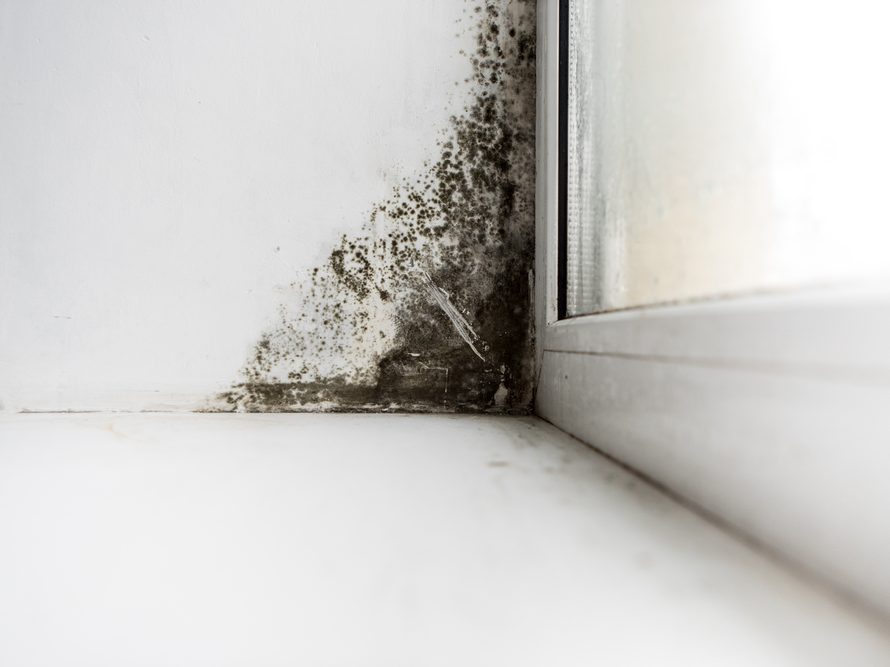Expert Tips for Article Mold And Mildew Removal Success
In the world of mold and mildew removal, effectively eliminating mold and mildew is only half the fight; the real difficulty lies in avoiding its reappearance. By adhering to expert tips and ideal techniques, people can protect their rooms versus mold and mildew rebirth and preserve a healthy interior setting.
Monitor Humidity Degrees Routinely
After finishing mold remediation treatments, keeping ideal moisture degrees is critical to prevent mold re-growth and guarantee a healthy indoor setting. High humidity degrees over 60% create a conducive atmosphere for mold and mildew to grow, making normal keeping track of an aggressive measure to stop any future mold and mildew problems.
Utilizing hygrometers or moisture meters can aid in precisely determining moisture degrees in different areas of the home. These tools give real-time data that makes it possible for remediation specialists to make educated decisions regarding air flow, dehumidification, and other needed actions to maintain ideal moisture degrees post-remediation. Additionally, establishing a routine schedule for moisture checks, specifically in risky locations such as cellars, bathrooms, and kitchens, is an aggressive technique to mold and mildew prevention. By consistently keeping an eye on humidity degrees, homeowner can properly alleviate the danger of mold reoccurrence and keep a healthy indoor setting post-remediation.
Conduct Thorough Inspections Post-Remediation
Complying with the completion of mold remediation procedures, it is imperative to conduct extensive examinations to validate the efficiency of the removal process. These post-remediation inspections are crucial in making certain that the mold problem has been successfully attended to which there is no reappearance or remaining mold growth. Assessments need to be performed by qualified experts who have expertise in identifying mold and analyzing indoor air top quality.
During these evaluations, numerous approaches such as visual assessments, air sampling, and surface area tasting may be utilized to completely review the remediated areas. Aesthetic evaluations involve a thorough evaluation of the premises to look for any visible indicators of mold and mildew development or water damage. Air sampling assists in establishing the air-borne mold and mildew spore degrees, while surface tasting can discover mold particles on surfaces.
Implement Proper Ventilation Techniques
After making sure the efficiency of the mold remediation procedure with complete assessments, the following crucial step is to focus on applying appropriate ventilation techniques. Appropriate air flow is important in preventing mold and mildew reoccurrence by managing moisture levels and promoting air blood circulation. To attain this, it is advised to utilize exhaust followers in areas prone to high moisture, such as kitchens and bathrooms. Furthermore, opening up doors and windows when weather allows can have a peek at this site help enhance airflow and minimize moisture accumulation. Air purifiers and dehumidifiers are likewise valuable devices in maintaining optimum interior air top quality.
Proper ventilation not just aids in protecting against mold development however also adds to the overall health and convenience of occupants. By ensuring adequate air flow throughout the home, you can minimize the threat of mold and mildew regrowth and create a healthier living environment.

Use Mold-Resistant Products for Services
To enhance the long-lasting efficiency of mold removal initiatives, including mold-resistant materials for repair work is important in reducing the threat of future mold and mildew growth. Mold-resistant materials are designed to stand up to moisture and inhibit mold and mildew development, making them a vital choice for areas vulnerable to moisture and moisture. When repairing locations impacted by mold, making use of materials such as mold-resistant drywall, mold-resistant paints, and mold-resistant caulking can help prevent mold recurrence.
Mold-resistant drywall is an outstanding alternative to traditional drywall in areas like shower rooms and cellars where moisture levels are higher. When exposed to damp problems, this kind of drywall has a special finish that resists mold and mildew development even. In addition, using mold-resistant paints having antimicrobial representatives can further hinder mold and mildew development on ceilings and wall surfaces.
In locations where wetness is common, such as cooking areas and washrooms, making use of mold-resistant caulking around bathtubs, sinks, and windows can aid secure out water and stop mold from holding in splits and gaps. By purchasing these mold-resistant materials throughout repairs post-remediation, you can considerably minimize the probability of future mold issues and keep a healthier interior atmosphere.
Maintain Cleanliness and Address Water Issues
After mold and mildew remediation, it is critical to keep a clean atmosphere to protect against the regrowth of mold and mildew. Leaks, water breach, or high moisture levels can develop the perfect reproduction ground for mold and mildew, so it is crucial to repair any type of water-related troubles promptly.
To keep sanitation, consider using HEPA filters in vacuums and air purifiers to trap mold and mildew spores and avoid their circulation in the air. Moreover, making certain correct air flow in locations susceptible to moisture buildup, such as kitchens and bathrooms, can assist keep moisture degrees in check. By staying cautious concerning cleanliness and addressing water problems promptly, you can properly protect against mold reinfestation and preserve a healthy mold removal detergent interior setting.
Verdict

In the realm of mold remediation, effectively removing mold and mildew is just half the fight; the real difficulty exists in preventing its reappearance. After finishing mold and mildew removal treatments, maintaining optimum humidity levels is critical to avoid mold and mildew re-growth and guarantee a healthy and balanced interior environment. High humidity degrees above 60% develop a conducive environment for mold to grow, making routine monitoring a proactive step to stop any kind of future mold and mildew concerns.
To boost the long-term performance of mold and mildew remediation initiatives, including mold-resistant products for fixings is essential in reducing the risk of future mold and mildew development. After mold and mildew remediation, it is essential to maintain a clean setting to stop the regrowth of mold and mildew.